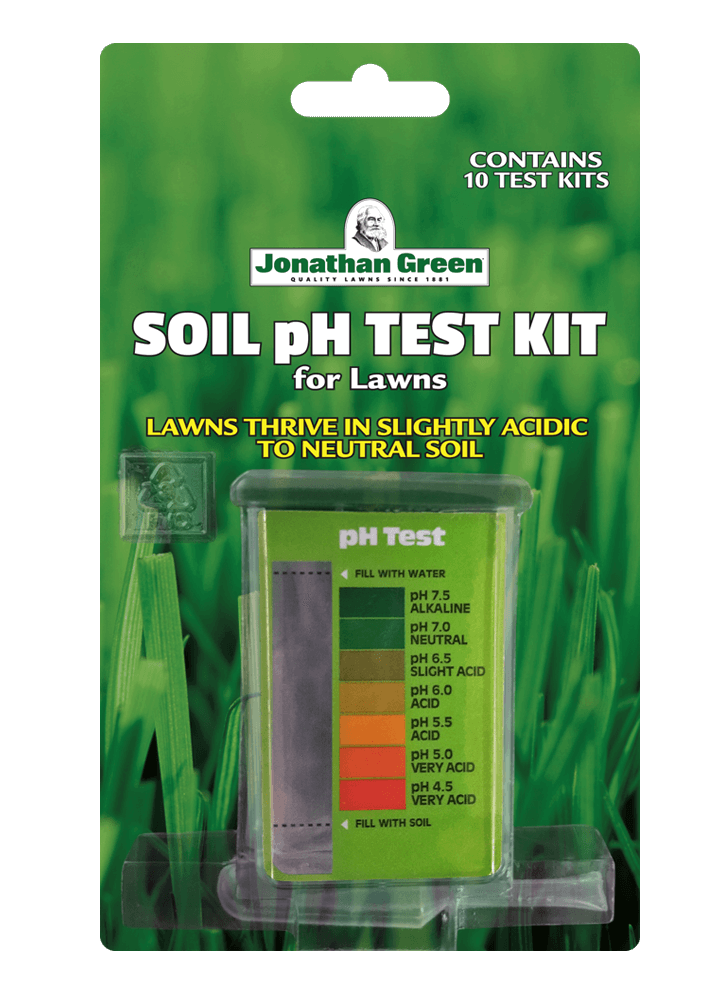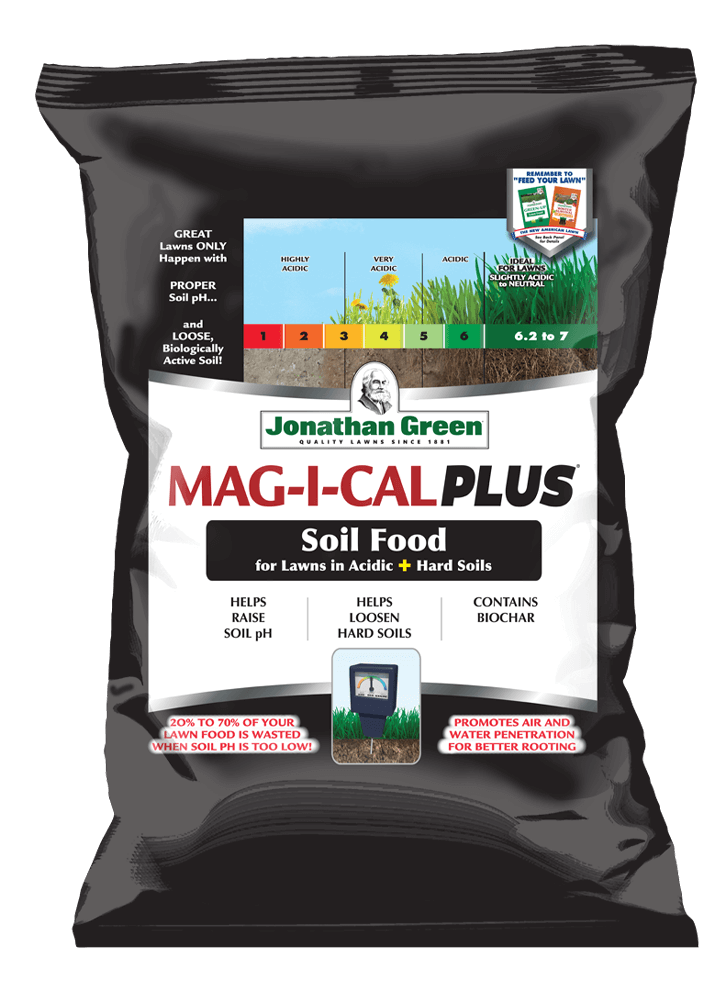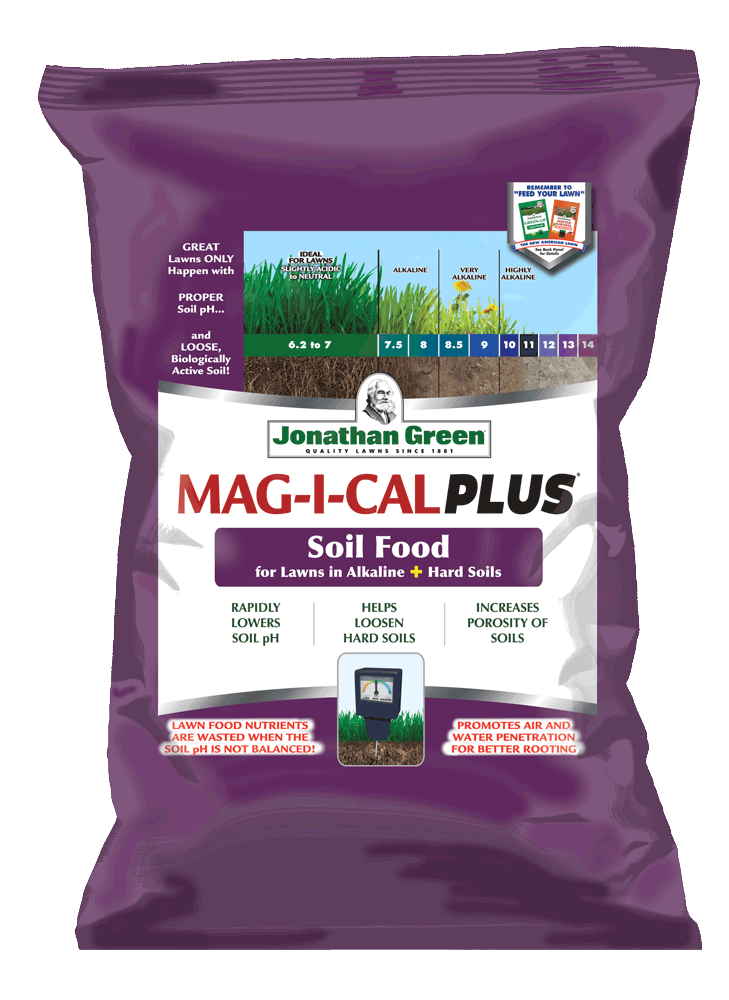How to Make Grass Thicker and Fuller?
At Jonathan Green, we help homeowners understand how to make their grass thicker and fuller.
Jonathan Green has been growing beautiful, dark-green lawns since 1881. We supply genetically superior cool-season grass seed and other lawn and soil care products to homeowners and to professional customers, such as sod growers and independent retailers, throughout the United States.
We employ the latest scientific technology and research to ensure that we have the best products on the market. All of our products are tested to make sure they will perform well on your lawn. The result will be a beautiful green, healthy lawn for you and your family.
Getting your soil into shape to nourish and support a healthy lawn is the best way to make grass thicker and fuller.
Test the pH
The Soil pH Test Kit for Lawns will tell you whether it is acidic, neutral, or alkaline. On a scale of 1 to 14, a pH of 1 is very acidic and a pH of 14 is very alkaline (or basic), while a pH reading of 7 is neutral. Lawns grow best in soil that is slightly acidic to neutral (between 6.2 and a 7.0 on the pH scale).
Soil pH is a very important factor in lawn health – if the soil is too acidic or too alkaline, your grass will be unable to absorb nutrients properly. Highly acidic soil can also damage grass plant roots.
If your soil is too acidic, try Jonathan Green Mag-I-Cal® Plus for Lawns in Acidic & Hard Soil. This soil conditioner contains calcium, sulfur, and iron to naturally adjust the pH of the soil, while also loosening hard soil to increase absorption of nutrients and water.
If your soil is too alkaline (pH above 7.2), you will need to lower the pH. Jonathan Green’s Mag-I-Cal® Plus for Lawns in Alkaline & Hard Soil lowers the pH and loosens hard soils. The active ingredients are sulfur and calcium sulfate dihydrate which balances soil pH, is important for cell development, and is vital to many grass plant functions.
Mentioned Products
Fertilize as Needed
Fertilizers supplement plant growth when the soil does not provide enough nutrients for optimal growth. Different plants have different requirements, so there are many different fertilizer formulas based on the N-P-K numbers on the bag (e.g., 21-0-3).
The first number is Nitrogen (N), which is needed for “green” growth. The second number is Phosphorous (P), which encourages strong root growth. And the third number is Potassium (K), which promotes disease resistance and overall plant health.
Applying fertilizer once or twice a year is not enough to have a healthy growing lawn. Lawns should be fed three to four times a year during the peak growing months from spring through fall to look their best. The first feeding of the season in spring is important because it brings your lawn out of winter dormancy.
Keep in mind that too much nitrogen, phosphorous, and potassium can negatively affect grass growth and contribute to ground water contamination and algae blooms in rivers, lakes, and bay areas. The over-application of nitrogen alone can burn existing grass blades and kill the plant.
For more tips on how to make grass thicker and fuller, visit Jonathan Green online or visit your nearest independent retailer for reliable lawn and garden advice that will help you achieve great results with your lawn.


